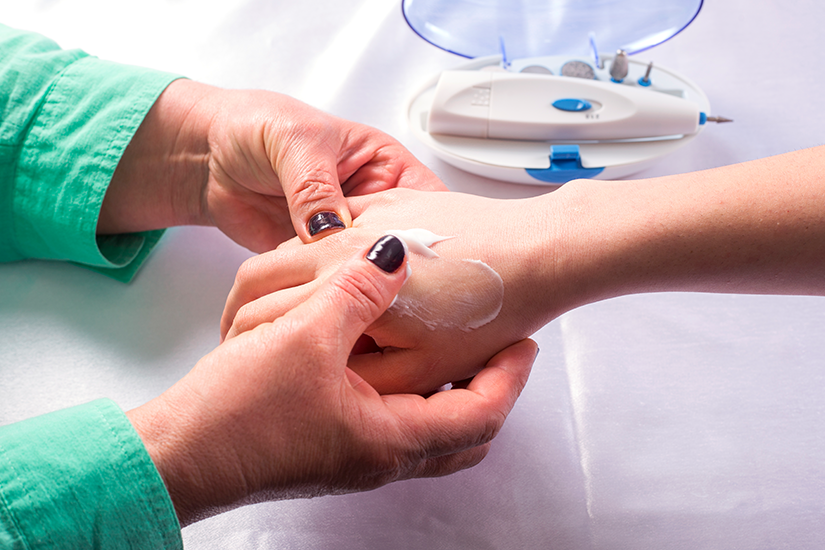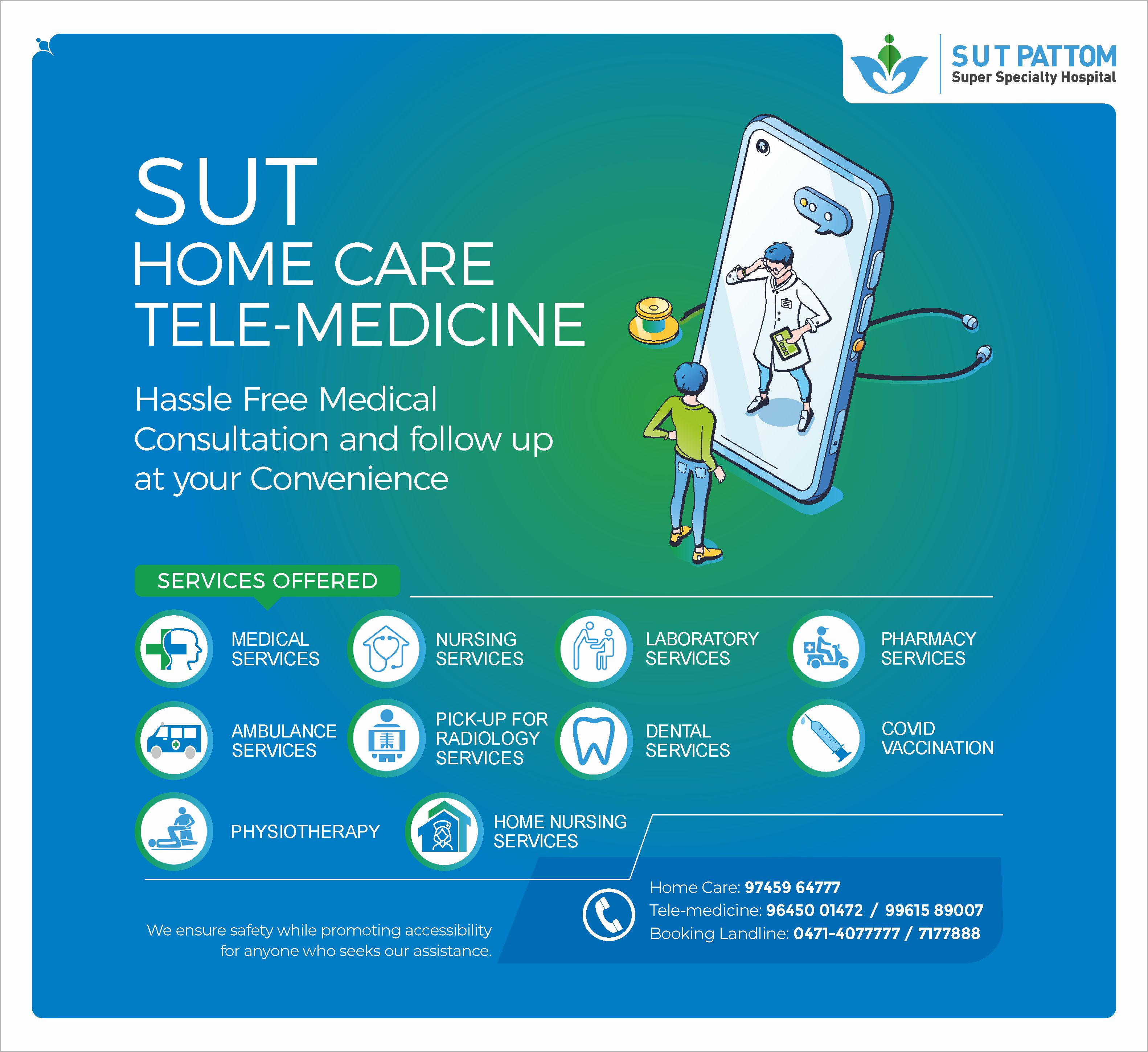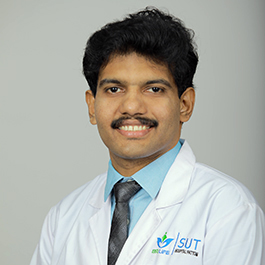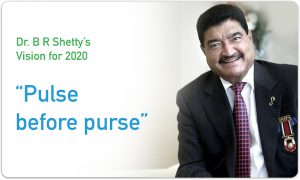- Emergency Ambulance Services
- 8606811111
- 0471-4077777, 0471-7177888
- gro@sutpattom.com
Osteoporosis: A curse without a cure?
Dr Arjun R Prasad, Orthopaedic Surgeon, SUT Hospital, Pattom
“With around 200 million people affected by the condition globally every year, experts stress on prevention”
With advances in medicine, it is possible to treat osteoporosis and prevent debilitating fractures. However, with the rising global burden, the question whether the condition is a curse without a cure still lingers. Osteoporosis results from bone loss due to age related changes often exaggerated by intrinsic and extrinsic factors. These produce micro architectural changes in bone tissue, making the bone fragile and liable to cracking at the slightest of injuries.
Though it affects people of all countries, not all carry the same risk of fractures. The risk is dangerously high among Indians and other South East Asians. Unsurprisingly, nutritional deficiency, including that of Vitamin D, is rampant in these parts of the world that adds to the woes. Globally, around 200 million people are estimated to be affected by osteoporosis and 50 million of them are in India. The condition is second only to cardiovascular diseases as a global healthcare concern. In women, loss of ovarian function at menopause precipitates rapid bone loss. The incidence of hip fractures doubles every 5 years after 70 years of age.
Symptoms and causes
Osteoporosis is, in its true sense, a silent disease because it may not produce any symptoms. Vague back pain, loss of height or a hunched back are common features of the disease. Dietary factors such as deficiency of Vitamin D, calcium and other essential minerals, excessive intake of caffeine, alcohol and smoking, advancing age and an inactive lifestyle can increase your risk for contracting this disease. Some of the other risk factors include intake of certain medications such as thyroxin, corticosteroids, heparin, anticonvulsants, Lithium etc.
Screening and Prevention
Dual Energy X-ray Absorptiometry (DEXA), a scanning modality, is recommended for screening of all women 65 years and above as well as for young women who have an increased risk of fracture. There are also recommendations to screen all men aged above 70 years. A balanced diet and an active life style are recommended for general bone health. A regular exercise programme can also help prevent falls and fractures by improving balance, coordination and flexibility.
Smoking cessation and moderation of alcohol intake are also essential parts of the prevention strategy. Today we have better implants and fixation techniques in orthopaedics that can get such people to walk back again. The number of hip osteoporosis fractures in India are estimated to climb to 6,00,000 per year by 2020 and to more than 1 million by 2050. Unfortunately, this ‘porous bone’ disease is often overlooked. With effective preventive and therapeutic modalities, many of these fractures can be prevented. Prevention is better than cure!









